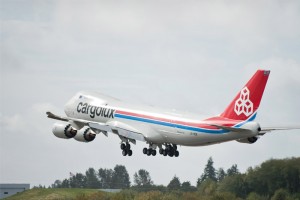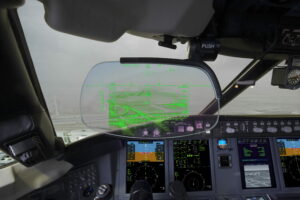Airbus today unveiled the latest instalment of the Future by Airbus, its vision for sustainable aviation in 2050 and beyond. For the first time the vision looks beyond aircraft design to how the aircraft is operated both on the ground and in the air in order to meet the expected growth in air travel in a sustainable way.
The Future by Airbus and the Smarter Skies vision consists of five concepts which could be implemented across all the stages of an aircraft’s operation to reduce waste in the system (waste in time, waste in fuel, reduction of CO2).
Aircraft take-off in continuous “eco-climb”
Aircraft launched through assisted take-offs using renewably powered, propelled acceleration, allowing steeper climb from airports to minimise noise and reach efficient cruise altitudes quicker.
As space becomes a premium and mega-cities become a reality, this approach could also minimise land use, as shorter runways could be utilised.
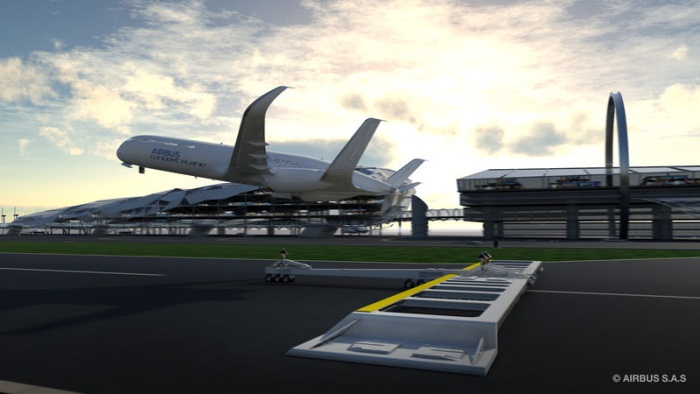
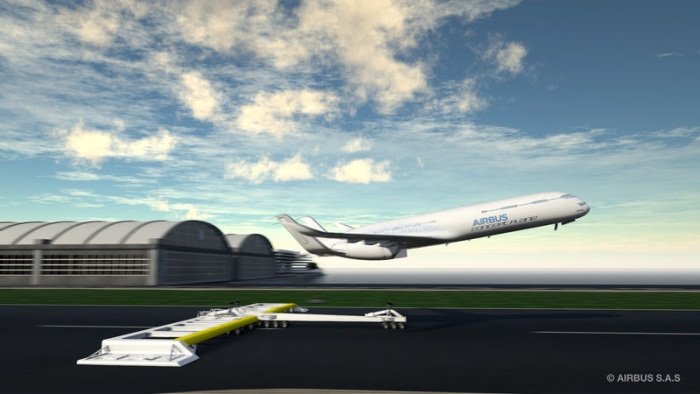
Aircraft in free flight and formation along “express skyways”
Highly intelligent aircraft would be able to “self-organise” and select the most efficient and environmentally friendly routes (“free flight”), making the optimum use of prevailing weather and atmospheric conditions.
High frequency routes would also allow aircraft to benefit from flying in formation like birds during cruise bringing efficiency improvements due to drag reduction and lower energy use.
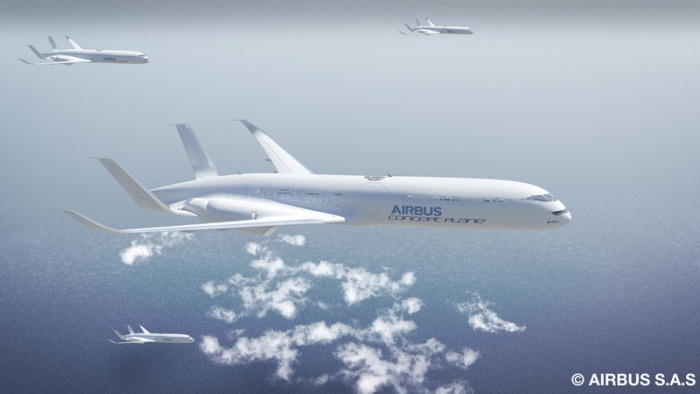
Low-noise, free-glide approaches and landings
Aircraft allowed to take free glide approaches into airports that reduce emissions during the overall decent and reduce noise during the steeper approach as there is no need for engine thrust or air breaking.
These approaches would also reduce the landing speed earlier which would make shorter landing distances achievable (less runway needed).
Low emission ground operations
On landing aircraft engines could be switched off sooner and runways cleared faster, ground handling emissions could be cut.
Technology could optimise an aircraft’s landing position with enough accuracy for an autonomous renewably powered taxiing carriage to be ready, so aircraft could be transported away from runways quicker, which would optimise terminal space, and remove runway and gate limitations.
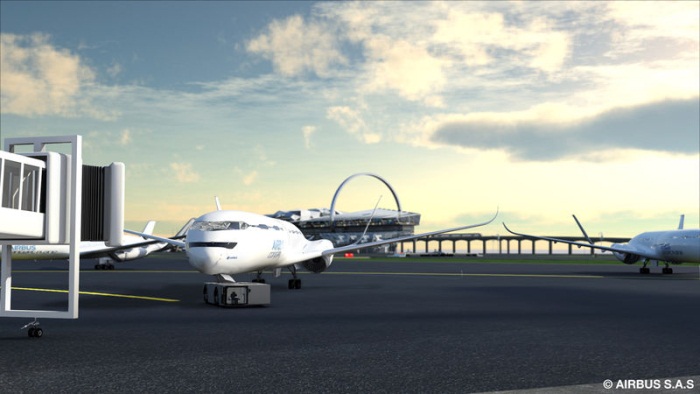
Powering future aircraft and infrastructure
The use of sustainable biofuels and other potential alternative energy sources (such as electricity, hydrogen, solar etc) will be necessary to secure supply and further reduce aviation’s environmental footprint in the long term. This will allow the extensive introduction of regionally sourced renewable energy close to airports, feeding both aircraft and infrastructure requirements sustainably.
Airbus is already working on a number of innovative solutions today to meet the challenges of sustainable aviation in the future, whether it be the development and use of alternative fuels; investment in aircraft design; or in supporting more efficient ATM. Airbus is also one of the major actors of the NEXTGEN and SESAR programmes – which seek to enhance the performance of the ATM system through a better use of aircraft capabilities, changes in infrastructure and organisation. These new capabilities are designed to reduce traffic congestion and delays, will allow more direct routes, better flight profiles, and should help reduce the cost of air navigation services through advanced communications and technologies.

